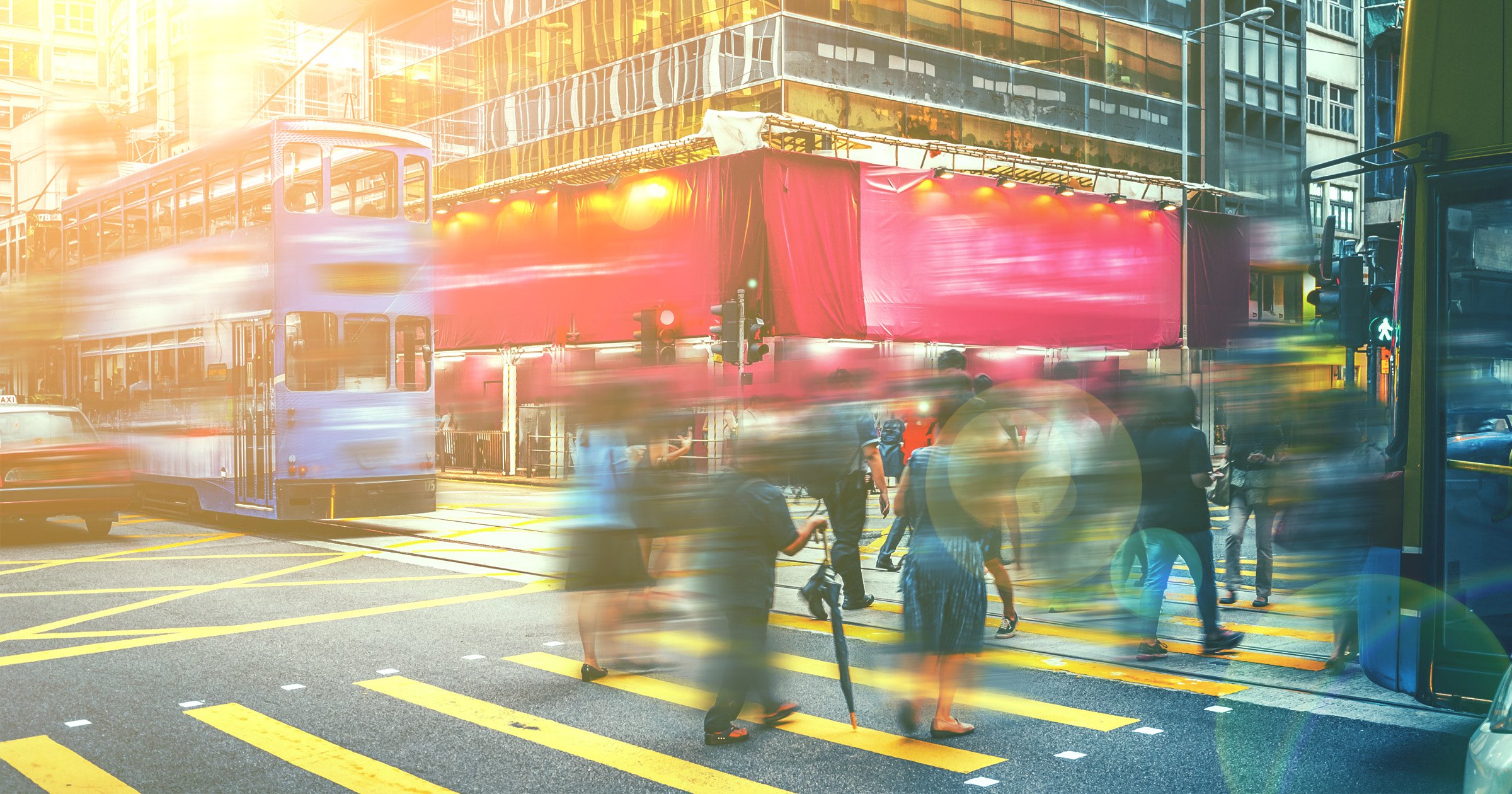The rise of the ‘solo economy’ is driving new consumption patterns
A new lucrative market is emerging to cater to the needs of single-person households.
FUTURE PROOF – BLOG BY FUTURES PLATFORM
With single-person households being the fastest-growing household type globally, consumption patterns are rapidly transforming. Often referred to as the ‘solo economy’ or ‘singles economy’, the growing prevalence of this household unit will have many implications for consumer brands who’ve long assumed that the default household consists of multiple people.
Traditionally, consumer goods had a strong focus on the nuclear family, and this focus informed the entire product development cycle - all the way from design to packaging and marketing. Think large household appliances, family-size product packaging, or advertisements featuring families of four.
But with declining marriage rates, ageing populations, and an overall shift in mindsets that no longer sees being on one’s own as something undesirable, there's a new lucrative market for brands who want to cater to single-person households.
From single-serve coffee makers to giant toilet rolls for those who don’t have the space to store large 24-packs at home, swathes of new products and services are emerging to make living alone more convenient and enjoyable.
The change is not only limited to products, either. Service and entertainment industries are also catching up to serve this growing demographic. With tables for one in restaurants and travel packages designed for solo travellers, businesses are rethinking experience design to align with the aspirations of a solo lifestyle and identity.
This shift is especially pronounced in Asia, where the fast-growing middle class increasingly demands solo experiences with a dash of luxury. In Japan, for example, karaoke rooms for one and solo barbecue restaurants with mini grills are popping up across big cities.
Want to take a deeper dive into the future of urban lifestyles?
BRANDS THAT FORM GENUINE CONNECTIONS WITH THIS COHORT WILL WIN IN THE LONG TERM
As brands across sectors rush to seize a share in the growing solo economy, there’s definitely momentum in consumer markets towards more single-friendly solutions right now. However, we’re still in the early days of a much larger sociocultural shift.
In many ways, societies across the globe still operate on the assumption that the default family consists of multiple people. Hence, redesigning products and services won’t be as simple as reducing the packaging size or reappropriating existing services for singles as an afterthought.
Brands will need to tune in to the specific needs and desires of this cohort and understand how singles live and buy differently. According to research by Nielsen, singles tend to have more purchasing power, and they socialise and spend more time outside than traditional families, which makes them more likely to eat out than cook at home, for example.
Solo consumers will be key to consumption now and in the future, prompting brands to think hard about their assumptions and understand this demographic in-depth. How can your brand act on this opportunity and create new value in the solo economy?
For more key trends on consumer behaviour, download our free Futurist Highlight report here.




